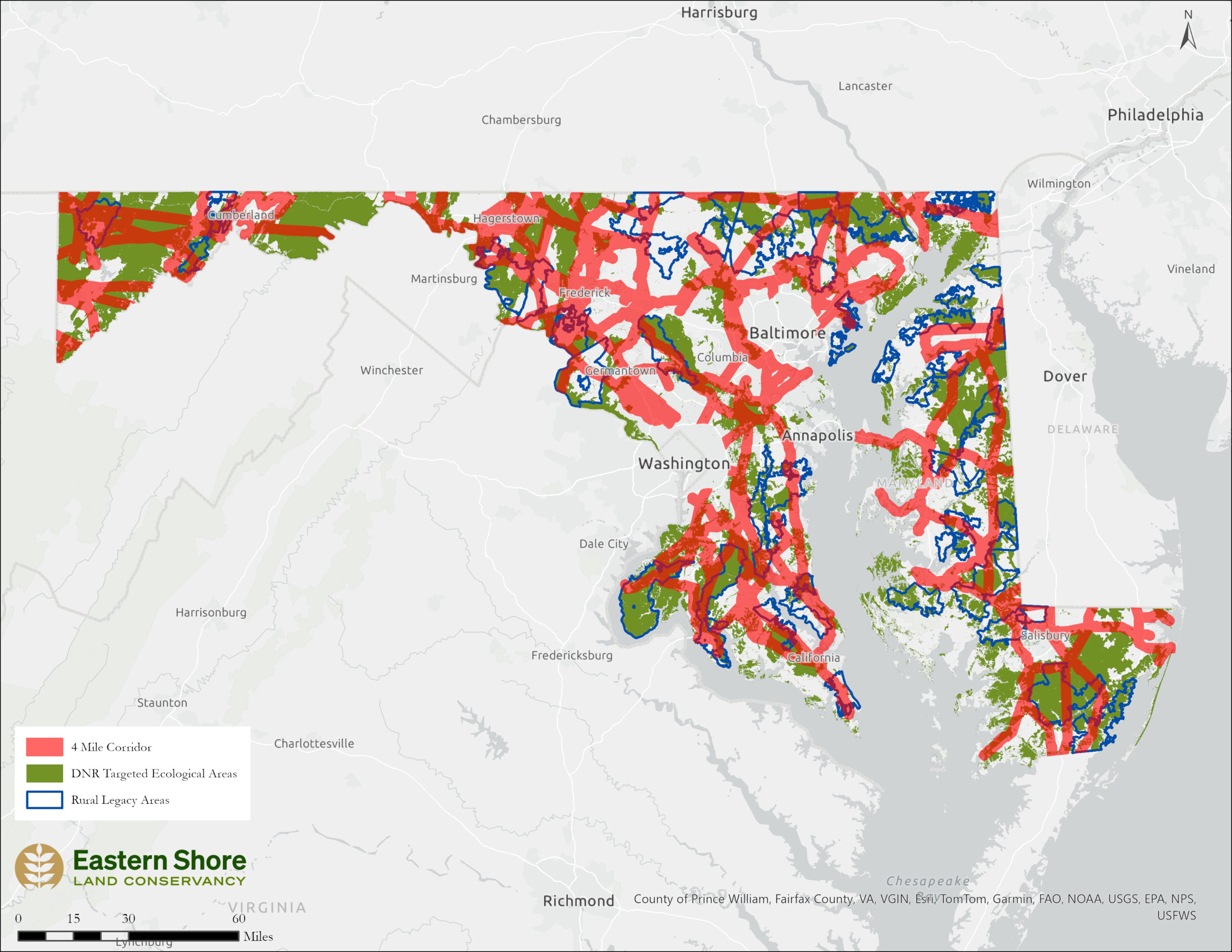Eastern Shore Land Conservancy and Native Shorelines, a Davey Tree Company, are excited to announce that we will be the first in Maryland to implement an innovative new living shoreline material called QuickReef! Our pilot project, managed by ESLC Enhanced Stewardship Manager Larisa Prezioso, will protect a beautiful expanse of tidal saltmarsh habitat fronting a 357-acre ESLC conservation easement in Dorchester County. This project is funded through the National Fish and Wildlife Foundation’s National Coastal Resilience Fund (NCRF) and the National Oceanic and Atmospheric Administration (NOAA).
QuickReef is comprised primarily of native coastal materials including limestone marl and recycled oyster shells, all sourced from North Carolina. The resulting blocks can be arranged in many different formations and are an ideal substrate for oyster recruitment and aquatic environment enhancement. Placed in the shallow waters of the intertidal zone in a configuration that attenuates wave energy, the resulting structures create calm space for marsh to establish itself, and the nooks and crannies inherent to QuickReef’s design create aquatic habitat for fish, crabs, barnacles and oysters. This new material has the potential to make living shoreline projects on the Eastern Shore both quicker and more affordable, essential qualities considering the Chesapeake Bay can lose two million metric tonnes of sediment due to erosion in a single year.
Living shoreline restoration can successfully mitigate this loss, proving itself as a frontier resilience activity. But further implementation of living shoreline projects lags behind due to accessibility and affordability, no matter how high the interest or how desperate the need to protect vital infrastructure. Finding ways to quickly overcome these barriers is essential as more county comprehensive plans and coastal resiliency impact reports depend upon living shoreline strategies.
More than half of ESLC’s 332 protected properties are located along major rivers in six counties in the mid- and upper-Chesapeake Bay region, amounting to 935,961 linear feet (or 177 miles) of vulnerable shoreline. In 2021, ESLC surveyed conservation easement landowners and found that more than a third of respondents were concerned about shoreline stabilization and loss of habitat. With these needs and county comprehensive plans in mind, ESLC is working to accelerate the adoption of living shorelines from both private landowners and municipalities in a cost-effective and timely manner across a large geographic range. QuickReef living shoreline implementation would create a new, affordable opportunity for landowners to access a fast, cost-effective shoreline resiliency solution while simultaneously providing living shoreline benefits.
The Dorchester County pilot project will be utilized as a demonstration site for further transferability and scalability of QuickReef living shorelines. Site-assessments will also gauge suitability for twenty further QuickReef installation projects on the Eastern Shore of Maryland. ESLC will also lead an in-person living shorelines educational workshop later this year to plan for future adoption of QuickReef as a shoreline resiliency tool on the Eastern Shore.







